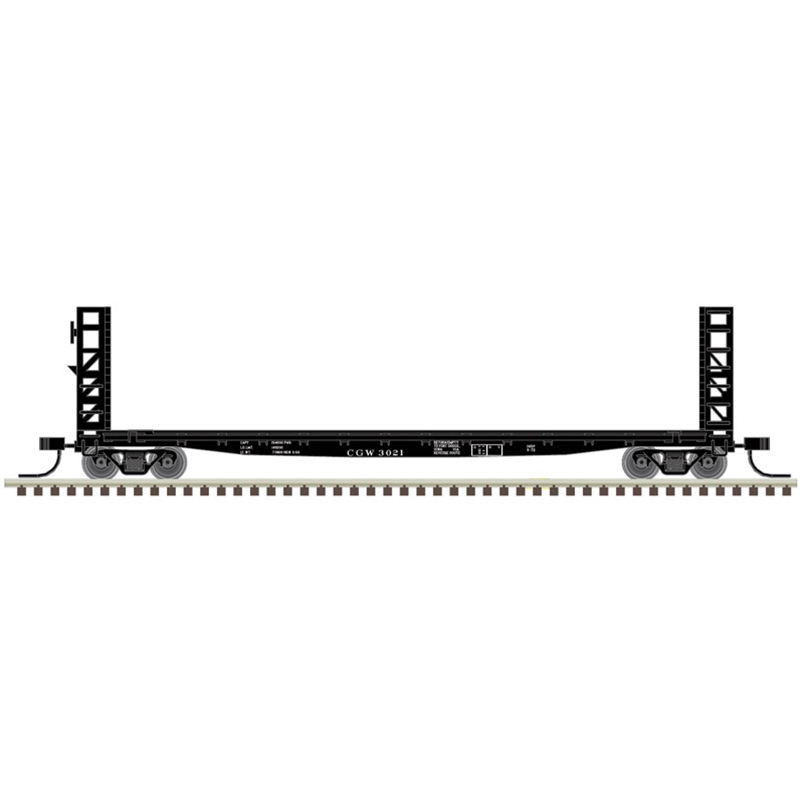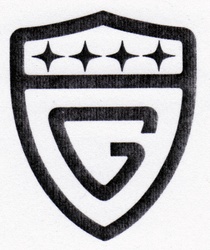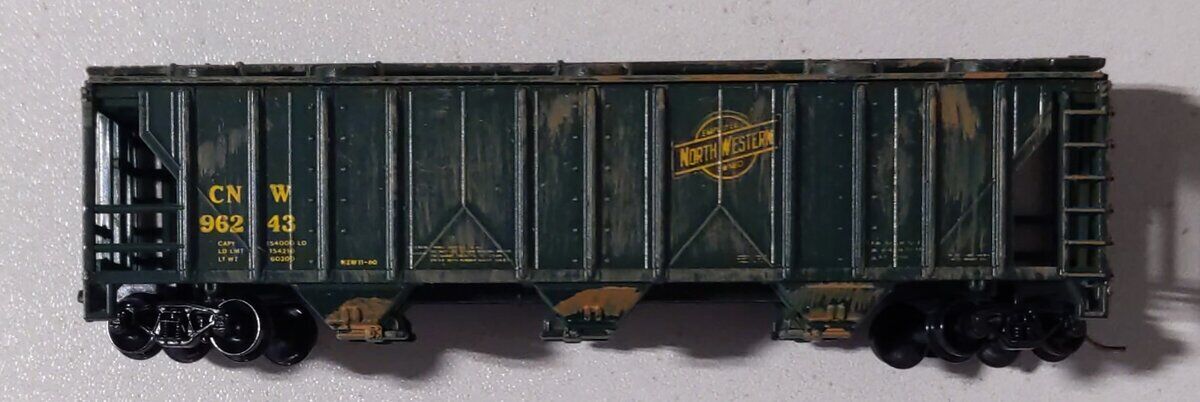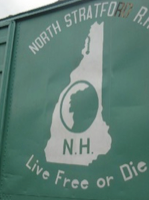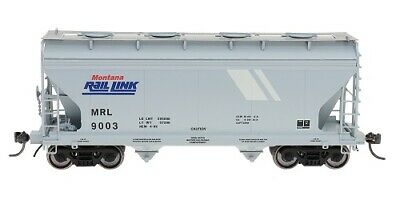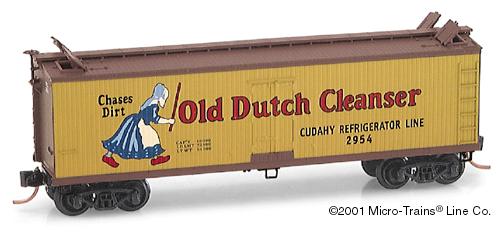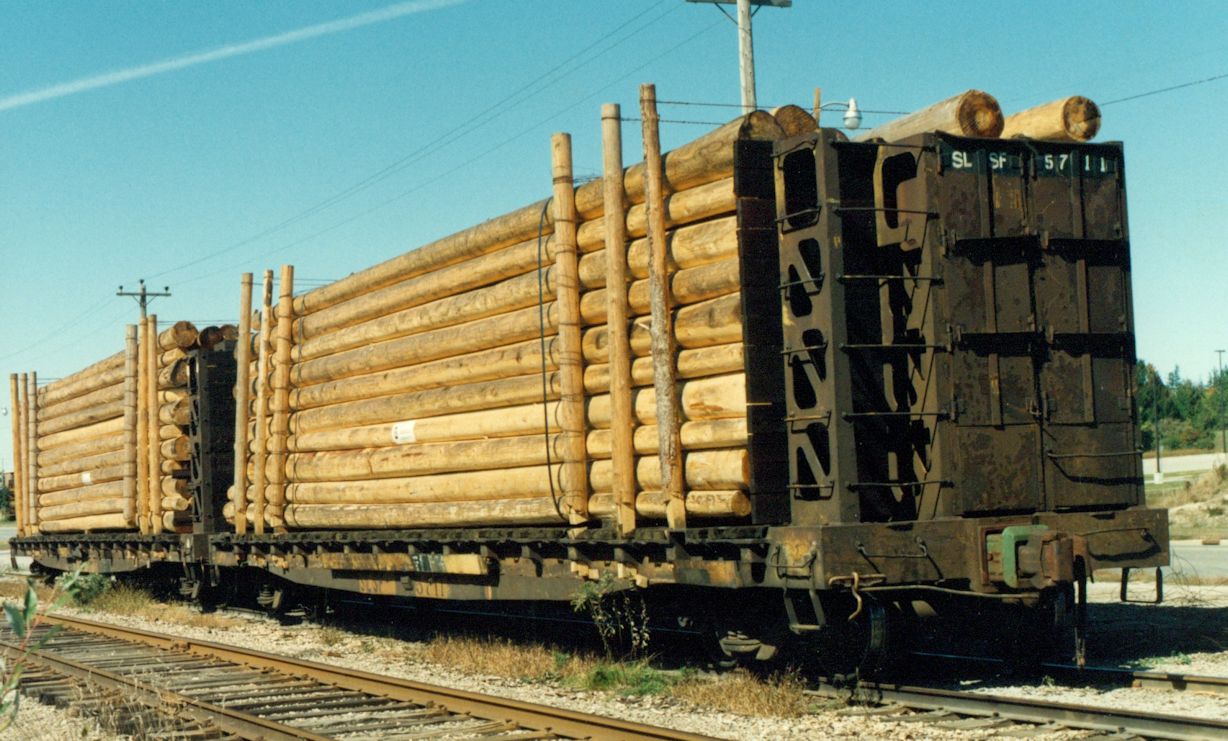Atlas - 50 005 795 - Flatcar, 53 Foot 6 inch GSC Commonwealth - Chicago Great Western - 3021
Click to see the details
market
Click to see the details
history
| Stock Number | 50 005 795 |
| Secondary Stock Number | 50005795 |
| Original Retail Price | $32.95 |
| Brand | Atlas |
| Manufacturer | Atlas Model Railroad |
| Body Style | Walthers Flatcar 54 Foot GSC |
| Image Provider's Website | Link |
| Prototype Vehicle | Flatcar, 53 Foot 6 inch GSC Commonwealth (Details) |
| Road or Company Name | Chicago Great Western (Details) |
| Reporting Marks | CGW |
| Road or Reporting Number | 3021 |
| Paint Color(s) | Black |
| Print Color(s) | White |
| Coupler Type | AccuMate Magnetic Knuckle |
| Coupler Mount | Truck-Mount |
| Wheel Type | Injection Molded Plastic |
| Wheel Profile | Small Flange (Low Profile) |
| Announcement Date | 2020-11-04 |
| Release Date | 2021-09-01 |
| Item Category | Rolling Stock (Freight) |
| Model Type | Flatcar |
| Model Subtype | 53 Foot 6 Inch |
| Model Variety | GSI, Bulkhead |
| Prototype Region | North America |
| Prototype Era | NA Era IV: 2nd Gen Diesel (1958 - 1978) |
| Scale | 1/160 |
Model Information:
Model introduced in the mid-1990s, and re-run, with Accumate couplers, in 2007 and 2011.
These models are made of cast metal and include optional bulkheads (as noted) to match prototype practice. So two varieties are available - with and without bulkheads.
In the first run of these cars, three (3) road numbers were offered under the same stock number. In the 2007 run, 3 road numbers were offered as well, but one as a single item and the two others in a 2-pack with a different stock number.
Atlas purchased this tooling from Walthers' N scale range in 2018, and decided to re-run the model in 2019, first in its Bulkhead Flat Car version, as a 48' GSC (General Steel Industries) Bulkhead Flat Car, and then in its bulkhead-less version as 53' 6" flat car. 48-foot represents the interior-length whereas the total length of the car is 53-foot 6-inch, hence Walthers referring to them as 54' GSC flat cars.
One of the most common flat cars in service from the 1950s to the present. These steel cars were considered strong enough to withstand the strain of intermodal service, and their 53' 6"-length was ideal for 32' and 35' trailers. When fitted for piggyback service, the cars were equipped with a hitch and rub rails, numerous tie-downs and bridge plates. In later years, a new hitch replaced the tie-downs.
These models are made of cast metal and include optional bulkheads (as noted) to match prototype practice. So two varieties are available - with and without bulkheads.
In the first run of these cars, three (3) road numbers were offered under the same stock number. In the 2007 run, 3 road numbers were offered as well, but one as a single item and the two others in a 2-pack with a different stock number.
Atlas purchased this tooling from Walthers' N scale range in 2018, and decided to re-run the model in 2019, first in its Bulkhead Flat Car version, as a 48' GSC (General Steel Industries) Bulkhead Flat Car, and then in its bulkhead-less version as 53' 6" flat car. 48-foot represents the interior-length whereas the total length of the car is 53-foot 6-inch, hence Walthers referring to them as 54' GSC flat cars.
One of the most common flat cars in service from the 1950s to the present. These steel cars were considered strong enough to withstand the strain of intermodal service, and their 53' 6"-length was ideal for 32' and 35' trailers. When fitted for piggyback service, the cars were equipped with a hitch and rub rails, numerous tie-downs and bridge plates. In later years, a new hitch replaced the tie-downs.
Prototype History:
General Steel Castings (GSC) made the underframes for the Pennsy F30. They decided to create their own product by modifying the Pennsy design. They stretched the design to 53 foot, 6 inches and made the entire body a single casting. The resulting car was manufactured starting in the early 1950s was initially sold as a kit to railroads and only late offered as a complete ready-to-run car. The car was offered in both bulkhead and non-bulkhead versions based on customer requirements.
One of the most common of all flat cars, these rugged designs were in service from the 50s to the 90s and a few still operate today. Built around a large one-piece steel casting, the prototypes could handle a wide range of cargo and were often rebuilt for piggyback loading. These cars are equally at home hauling machinery, steel slabs and more. They were also fitted with bulkheads and handled loads such as lumber and pipe, and a few roads even outfitted them with log bunks for hauling freshly cut timber.
One of the most common of all flat cars, these rugged designs were in service from the 50s to the 90s and a few still operate today. Built around a large one-piece steel casting, the prototypes could handle a wide range of cargo and were often rebuilt for piggyback loading. These cars are equally at home hauling machinery, steel slabs and more. They were also fitted with bulkheads and handled loads such as lumber and pipe, and a few roads even outfitted them with log bunks for hauling freshly cut timber.
Road Name History:
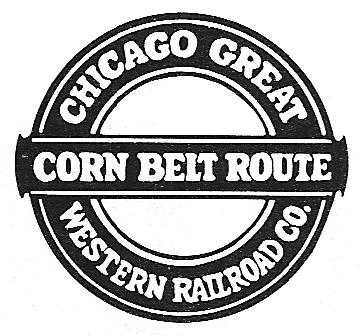 Chicago Great Western was the result of the 1892 reorganization of the Chicago St. Paul & Kansas City. By 1903, the CGW had grown to its maximum size. The CGW had a vaguely cross-shaped system map. The east-west leg started in Chicago and linked Dubuque, Fort Dodge (both in Iowa) and finally Omaha, Nebraska. The north-south line started in St. Paul, Minnesota and linked Waterloo and Des Moines, Iowa then St. Joseph and Kansas City, Missouri. Each axis consisted of a big arc which put CGW at a distance disadvantage to most other railroads servicing the same region – and there were a lot of railroads in the area.
Chicago Great Western was the result of the 1892 reorganization of the Chicago St. Paul & Kansas City. By 1903, the CGW had grown to its maximum size. The CGW had a vaguely cross-shaped system map. The east-west leg started in Chicago and linked Dubuque, Fort Dodge (both in Iowa) and finally Omaha, Nebraska. The north-south line started in St. Paul, Minnesota and linked Waterloo and Des Moines, Iowa then St. Joseph and Kansas City, Missouri. Each axis consisted of a big arc which put CGW at a distance disadvantage to most other railroads servicing the same region – and there were a lot of railroads in the area.
Passenger service was never a major priority and many trains consisted of doodlebugs and trailers even before World War One. In the 1920s CGW did team up with Santa Fe to run through sleepers from the Twin Cities to Los Angeles.
Big mainline power in the 30s and 40s consisted of a fleet of 3 dozen 2-10-4s. In 1936, CGW launched piggyback service – one of the first in the nation. One piggyback customer was a truck line specializing in hauling steel. Since CGW charged by the trailer, the truck line would take the contents of 3 trailers which had maxed out on highway weight and reload all the steel into a single catastrophically heavy trailer that would ride the flat car. They didn’t tell CGW though. No one was the wiser until the landing gear on a trailer punched through the deck of the flat car and derailed a train at speed!
By 1950, CGW had completely dieselized with a mix of Alco, Baldwin and EMD switchers, Alco and EMD road switchers (the former running long hood forward and the latter equipped with dual controls,) and a sizable fleet of EMD F units. By this time, the Deramus family (who already controlled the Kansas City Southern) had gained control of the CGW. Over the years, they cut costs and services. CGW began holding trains until they reached maximum tonnage. Trains between 150 and 250 cars were a daily occurrance behind A-B-B-B-B-A sets of F units. What’s more, these monsters would stop and switch along the way!
Around 1951, they dropped “The Corn Belt Route” logo in favor of the Lucky Strike style logo. The first generation of diesels were delivered in ornate maroon, and red with yellow striping. This was replaced with a simplified solid maroon and then red with black roof (which was essentially the same as neighbor and fellow Deramus controlled Kansas City Southern.) The second generation of diesels consisted entirely of GP30’s and SD40’s.
Despite the iffy service and tremendous competition in the area, and thanks to the cost cutting and a dearth of money losing passenger operations that plagued their neighbors, CGW steadily made money through the 50s and 60s. But, in the age of mergers, it was clear they couldn’t make it on their own. CGW discussed merger with every possible connection but ultimately merged into Chicago & North Western in 1968. In their last full year, the CGW was a 1,411 mile line with 139 locomotives (for comparison, they were about the same size as Western Pacific.)

Passenger service was never a major priority and many trains consisted of doodlebugs and trailers even before World War One. In the 1920s CGW did team up with Santa Fe to run through sleepers from the Twin Cities to Los Angeles.
Big mainline power in the 30s and 40s consisted of a fleet of 3 dozen 2-10-4s. In 1936, CGW launched piggyback service – one of the first in the nation. One piggyback customer was a truck line specializing in hauling steel. Since CGW charged by the trailer, the truck line would take the contents of 3 trailers which had maxed out on highway weight and reload all the steel into a single catastrophically heavy trailer that would ride the flat car. They didn’t tell CGW though. No one was the wiser until the landing gear on a trailer punched through the deck of the flat car and derailed a train at speed!
By 1950, CGW had completely dieselized with a mix of Alco, Baldwin and EMD switchers, Alco and EMD road switchers (the former running long hood forward and the latter equipped with dual controls,) and a sizable fleet of EMD F units. By this time, the Deramus family (who already controlled the Kansas City Southern) had gained control of the CGW. Over the years, they cut costs and services. CGW began holding trains until they reached maximum tonnage. Trains between 150 and 250 cars were a daily occurrance behind A-B-B-B-B-A sets of F units. What’s more, these monsters would stop and switch along the way!
Around 1951, they dropped “The Corn Belt Route” logo in favor of the Lucky Strike style logo. The first generation of diesels were delivered in ornate maroon, and red with yellow striping. This was replaced with a simplified solid maroon and then red with black roof (which was essentially the same as neighbor and fellow Deramus controlled Kansas City Southern.) The second generation of diesels consisted entirely of GP30’s and SD40’s.
Despite the iffy service and tremendous competition in the area, and thanks to the cost cutting and a dearth of money losing passenger operations that plagued their neighbors, CGW steadily made money through the 50s and 60s. But, in the age of mergers, it was clear they couldn’t make it on their own. CGW discussed merger with every possible connection but ultimately merged into Chicago & North Western in 1968. In their last full year, the CGW was a 1,411 mile line with 139 locomotives (for comparison, they were about the same size as Western Pacific.)
Brand/Importer Information:
In 1924 Stephan Schaffan, Sr. founded the Atlas Tool Company in Newark, New Jersey. In 1933 his son, Stephan Schaffan, Jr., came to work for his father at the age of sixteen. Steve Jr. built model airplanes as a hobby and frequented a local hobby shop. Being an enterprising young man, he would often ask the owner if there was anything he could do to earn some extra spending money. Tired of listening to his requests, the hobby-store owner threw some model railroad track parts his way and said, "Here, see if you can improve on this".
In those days, railroad modelers had to assemble and build everything from scratch. Steve Jr. created a "switch kit" which sold so well, that the entire family worked on them in the basement at night, while doing business as usual in the machine shop during the day.
Subsequently, Steve Jr. engineered the stapling of rail to fiber track, along with inventing the first practical rail joiner and pre-assembled turnouts and flexible track. All of these products, and more, helped to popularize model railroading and assisted in the creation of a mass-market hobby. The budding entrepreneur quickly outgrew the limitations of a basement and small garage operation. Realizing they could actually make a living selling track and related products, Steve and his father had the first factory built in Hillside, New Jersey at 413 Florence Avenue in 1947. On September 30, 1949, the Atlas Tool Company was officially incorporated as a New Jersey company.
In 1985, Steve was honored posthumously for his inventions by the Model Railroad Industry Association and was inducted into the Model Railroad Industry Hall of Fame in Baltimore, Maryland. In addition, Steve was nominated and entered into the National Model Railroad Association Pioneers of Model Railroading in 1995.
In the early 1990s, the Atlas Tool Company changed its name to Atlas Model Railroad Company, Inc.
In those days, railroad modelers had to assemble and build everything from scratch. Steve Jr. created a "switch kit" which sold so well, that the entire family worked on them in the basement at night, while doing business as usual in the machine shop during the day.
Subsequently, Steve Jr. engineered the stapling of rail to fiber track, along with inventing the first practical rail joiner and pre-assembled turnouts and flexible track. All of these products, and more, helped to popularize model railroading and assisted in the creation of a mass-market hobby. The budding entrepreneur quickly outgrew the limitations of a basement and small garage operation. Realizing they could actually make a living selling track and related products, Steve and his father had the first factory built in Hillside, New Jersey at 413 Florence Avenue in 1947. On September 30, 1949, the Atlas Tool Company was officially incorporated as a New Jersey company.
In 1985, Steve was honored posthumously for his inventions by the Model Railroad Industry Association and was inducted into the Model Railroad Industry Hall of Fame in Baltimore, Maryland. In addition, Steve was nominated and entered into the National Model Railroad Association Pioneers of Model Railroading in 1995.
In the early 1990s, the Atlas Tool Company changed its name to Atlas Model Railroad Company, Inc.
Manufacturer Information:
'Atlas Model Railroad' represents the New Jersey manufacturing facility for Atlas brand model railroad products. Atlas also imported European made models in their early years and those items will be noted as having manufacturers set appropriately. In the 1990s Atlas moved all their toolings to China.
Item created by: CNW400
on 2020-11-07 20:36:59
Last edited by: dennis.kamper on 2024-05-11 05:19:42
If you see errors or missing data in this entry, please feel free to log in and edit it. Anyone with a Gmail account can log in instantly.
Last edited by: dennis.kamper on 2024-05-11 05:19:42
If you see errors or missing data in this entry, please feel free to log in and edit it. Anyone with a Gmail account can log in instantly.


